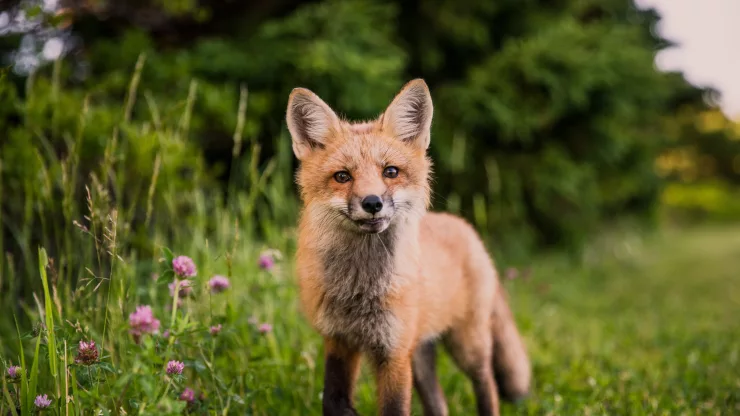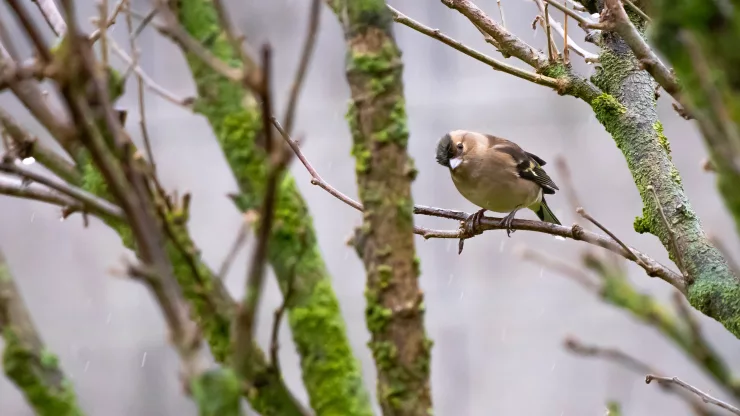Jump to Section
The Impact of Urbanization on Wildlife
Urbanization has become an inevitable phenomenon in most developing countries of the world due to the rapid increase in population and the need for infrastructure development.
Unfortunately, this development often comes at the expense of wildlife habitats.
The construction of roads, industries, commercial buildings, and residential areas has resulted in the destruction of natural habitats and the displacement of wildlife.
The impact of urbanization on wildlife is one of the most significant environmental challenges facing developing countries.
The effects of urbanization on wildlife are severe and far-reaching.
The loss of natural habitats and the fragmentation of ecosystems have led to a decline in biodiversity, reduced genetic diversity, and the extinction of many species. The remaining wildlife populations are often forced to live in smaller and isolated areas, which further reduces their chances of survival.
The decline of wildlife populations also has a significant impact on the ecosystem and human well-being.
It is, therefore, crucial to understand the effects of urbanization and deforestation on wildlife in developing countries to develop effective strategies for wildlife conservation.
Deforestation and Wildlife: A Critical Analysis
Deforestation is another significant environmental challenge facing developing countries.
The clearing of forests for agriculture, logging, and other commercial activities has led to the destruction of natural habitats, loss of biodiversity, and soil degradation.
The impact of deforestation on wildlife is also severe. Wildlife habitats are destroyed, and the remaining populations are often forced to live in smaller and isolated areas.
The loss of forests also has a significant impact on climate change, as forests play a crucial role in regulating the global climate.
The impact of deforestation on wildlife is not limited to the loss of habitats. Many species depend on forests for their survival, such as primates, birds, and insects.
Deforestation also results in soil erosion, which affects the quality of the soil and reduces its ability to support plant life.
This, in turn, affects the availability of food for wildlife.
Furthermore, deforestation can lead to the extinction of many species, which can have cascading effects on the ecosystem.
For example, the extinction of a predator species can lead to an increase in the population of their prey, which can lead to overgrazing and soil degradation.
Developing Countries and the Challenges of Protecting Wildlife
Developing countries face numerous challenges in protecting wildlife. One of the most significant challenges is the lack of resources.
Many developing countries have limited financial resources, which makes it difficult to fund conservation programs adequately.
The lack of infrastructure and technology also makes it challenging to monitor wildlife populations and enforce conservation laws effectively.
Additionally, poverty and lack of education often result in the exploitation of natural resources and wildlife, which further exacerbates the problem.
Moreover, developing countries often face pressure from developed countries and multinational corporations to exploit their natural resources.
This pressure often comes in the form of economic incentives or investment opportunities.
This can result in the destruction of natural habitats and the displacement of wildlife.
The lack of political will and corruption also make it difficult to implement and enforce conservation laws effectively.
Protecting Wildlife: Strategies and Success Stories
Despite the challenges, there are numerous strategies for protecting wildlife in developing countries. One of the most effective strategies is the establishment of protected areas.
Protected areas can help preserve natural habitats and prevent further destruction. They also provide a safe haven for wildlife populations, which can help them recover.
Additionally, community-based conservation programs can help raise awareness and provide economic incentives for protecting wildlife.
There have been several success stories in wildlife conservation in developing countries.
For example, in Costa Rica, the establishment of protected areas and ecotourism has helped increase the population of many species.
In India, the tiger population has increased due to the strict enforcement of conservation laws and the establishment of protected areas.
Similarly, in Rwanda, the mountain gorilla population has increased due to community-based conservation efforts.
These success stories show that with adequate resources and political will, it is possible to protect and conserve wildlife in developing countries.
FAQ
What are the effects of wildlife loss on humans?
The loss of wildlife can have severe consequences for humans. Wildlife plays a crucial role in maintaining the ecosystem and regulating the climate.
The loss of wildlife can lead to soil degradation, reduced crop yields, and water scarcity.
Additionally, many medicines are derived from wildlife, and their loss can affect human health.
How can individuals contribute to wildlife conservation?
Individuals can contribute to wildlife conservation by reducing their carbon footprint, supporting conservation organizations, and consuming sustainable products.
They can also raise awareness about the importance of wildlife conservation and the impact of their actions on the environment.
What is the role of the government in wildlife conservation?
The government has a crucial role in wildlife conservation. They can establish protected areas, enforce conservation laws, and provide funding for conservation programs.
They can also raise awareness about the importance of wildlife conservation and the impact of human activities on the environment.
I’m a nature enthusiast and creator of Metro Wilds and have spent years exploring the great outdoors.
With a passion for environmental conservation and sustainability, I have dedicated my career to writing about the beauty and wonders of nature, as well as the threats facing our planet.
Contact me at [email protected] for assistance.





